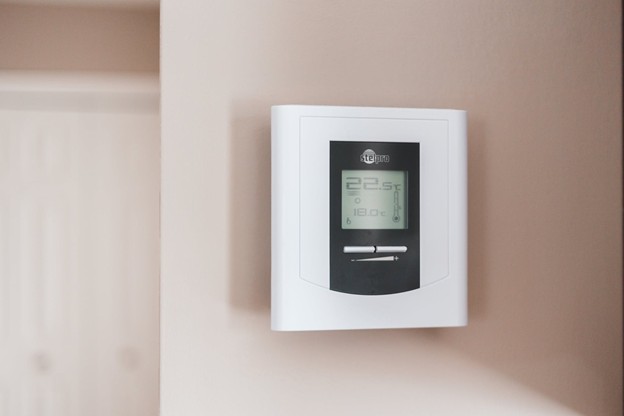6 tips for improving your home’s temperature control guide, Building furnace repair tips, Online property heating advice
6 Tips for Improving Your Home’s Temperature Control
26 Aug 2021
Maintaining a comfortable, energy-efficient interior climate is an ongoing challenge for many homeowners. The implications of being able to maintain an ideal home include being comfortable, safe, healthy, and happy — a worthy endeavor.
Fortunately, there are several things you can do to improve control over your home’s temperature. Here are six strategies for more consistent, efficient climate control.
Schedule Regular HVAC Maintenance
The most important thing you can do to improve your home’s temperature control is scheduling regular HVAC maintenance. HVAC stands for heating, ventilation, and air conditioning — essentially, the contributing factors to temperature control and air quality.
Ideally, homeowners should schedule HVAC maintenance during the early equinox seasons: spring and fall. In the spring, have someone look at your air conditioner and ensure no repairs are needed before the temperature starts to rise. In the early fall, before the temperatures start plummeting, have a furnace repair technician look at your heating system to ensure everything is ready to go for the winter.
Monitor Your Humidity Levels
Humidity control also falls under the umbrella of home climate control. While the humidity doesn’t directly impact the temperature, it impacts the perception of the temperature. If you live in a place with high humidity levels that gives a standard temperature and a “feels like” temperature, you can likely attest to the difference.
The ideal humidity level in a home is between 30% and 40%. This range allows enough moisture to keep the home from feeling too dry (especially when the heat is on in the winter) while preventing mold and mildew development.
HVAC systems can assist with humidity control. If you don’t have a built-in HVAC system, consider using a humidifier or dehumidifier as needed. It’s also essential to turn your fans on while using the stove and the shower.
Use Shades and Curtains
Shades and curtains are some of the simplest, most effective tools you can use to promote climate control in your home. While many homeowners and renters alike use curtains to block the sun in the summer, this strategy is also effective during the winter months.
If you’re hesitant to choose heavy curtains for aesthetic reasons, you can get insulated panels that easily adhere to the back of your existing curtains. Use these in the summer to block the sun and keep your house cool or block any unsuspecting drafts during the winter.
Find and Seal Drafts
Drafts are points within your home where heat escapes into the cold air outside during the winter, or hot air invades your air-conditioned home during the summer. These drafts can be subtle and insidious, making them challenging to find and correct.
There are several ways to detect drafts within your home. You have a draft if you can pass a dollar bill under or around an exterior door with minimal resistance. You can also expose drafts with detection tools or use a simple candle in front of doors, outlets and windows to determine if a draft is present.
If you find one, consider sealing your windows, adding insulation, adding weather stripping, or replacing the caulking to block the airflow.
Incorporate Energy Efficient Landscaping
It’s a little-known fact that your landscaping can contribute to temperature control within your home. Many landscaping architects use strategies to manage this when designing eco-friendly homes.
In temperate regions, you can use shrubs to minimize shade during the summer while creating a wind block during the winter. In arid regions, arrange trees to create shade and channel cool breezes toward the house. In cold regions, use trees as a powerful windbreak on the northern side of the property while allowing the sun to shine through in the south.
Use a Smart Thermostat
Smart thermostats allow users to program heating and cooling based on their schedules. For example, if you’re at work for most of the day, you can schedule the thermostat to let the temperature drop by a few degrees.
Smart thermostats also “learn” based on your behavior and preferences over time. They collect usage data then make suggestions to help you save money and promote eco-friendly consumption.
6 Tips for Improving Your Home’s Temperature Control – Final Thoughts
When designing and building a new home, it’s important to consider eco-efficiency, airflow, and temperature control. However, you can use the strategies on this list to promote better temperature control in your existing house.
Comments on this guide to 6 tips for improving your home’s temperature control article are welcome.
Home Heating and Furnace Heat
Home Energy Posts
Benefits of energy assessment for your home
5 Ways to Conserve Energy at Home
The 3 Things You Need to Know When Buying a Furnace
Building Articles
Residential Architecture
Comments / photos for the 6 tips for improving your home’s temperature control advice page welcome






